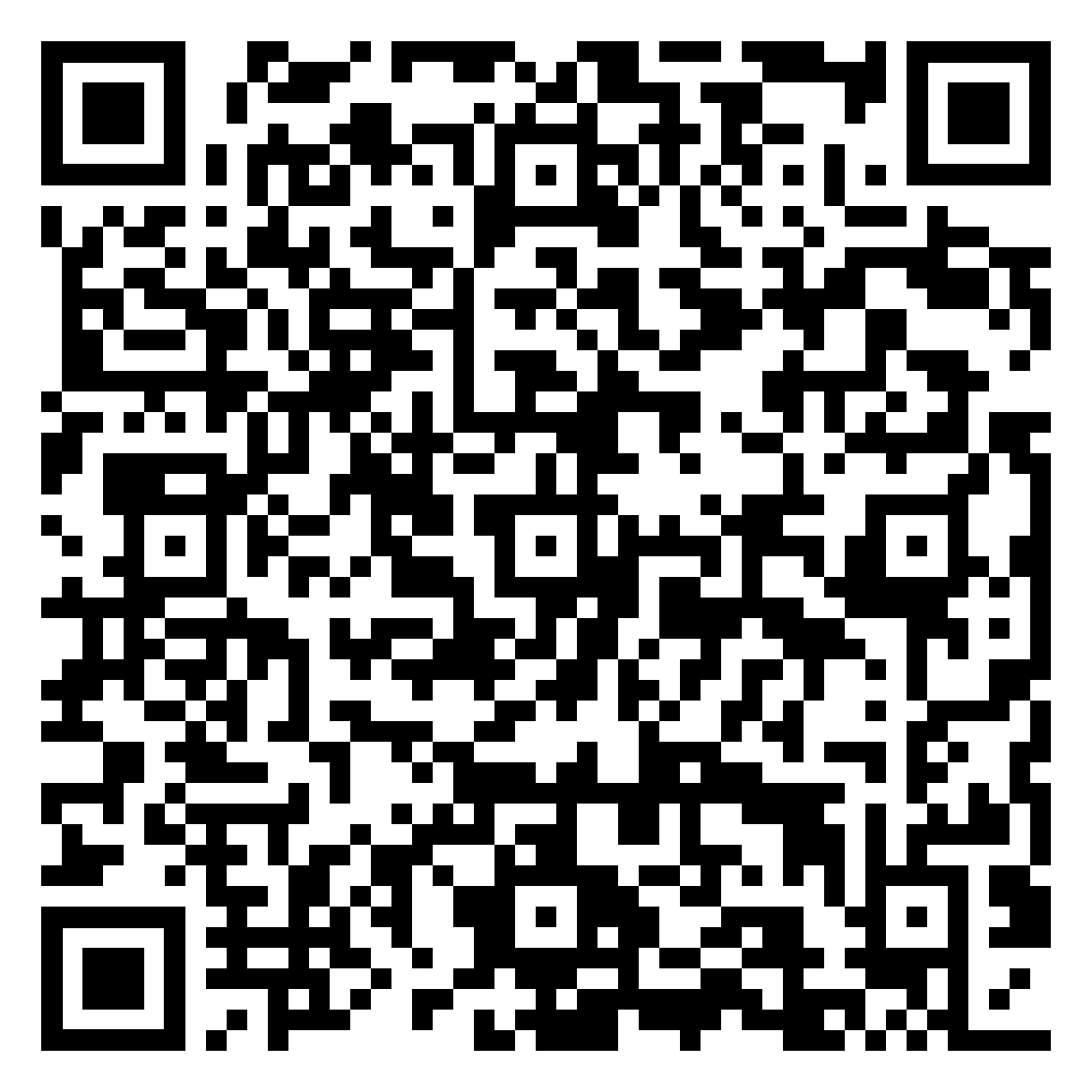The thyroid is a butterfly-shaped gland located at the base of the neck. It is responsible for producing the hormones that regulate numerous vital functions including your heart rate, metabolism, blood pressure, body temperature and weight. Thyroid cancer occurs when abnormal cells begin to mutate and multiply, forming a growth in the thyroid gland.
Symptoms
The majority of thyroid cancers do not cause any signs or symptoms in the early stages of the disease; symptoms appear as the cancer grows or becomes advanced. Thyroid cancer symptoms include:
- A feeling that close-fitting shirt collars are becoming tighter
- Difficulty swallowing
- Pain in your neck and throat
- Small swollen lumps (lymph nodes) in your neck
- Vocal change, including increasing hoarseness
Diagnosis
Tests and procedures used to diagnose thyroid cancer include:
Physical exam: Your doctor will examine your neck to feel for changes in your thyroid gland, such as in the form of a nodule. They will also ask about your risk factors, such as a family history of thyroid cancer, or if you have been exposed to radiation.
Thyroid function blood tests: In order to give your health care team an indication of the health of your thyroid, they may conduct tests that measure blood levels of the thyroid-stimulating hormone (TSH) and thyroid hormones produced by the thyroid gland. They may also test for antibodies produced by your body against components of the thyroid gland and thyroid proteins.
Ultrasound imaging: Ultrasound imaging uses high-frequency sound waves to create an image of the thyroid. The ultrasound transducer is placed on your lower neck, helping your doctor determine if nodules are cancerous.
Your doctor may also use ultrasound to create images of the lymph nodes in the neck (lymph node mapping) to look for signs of cancer.
Removing a sample of thyroid tissue: During a fine-needle aspiration biopsy, your doctor will insert a long, thin needle through the skin and into the thyroid nodule to extract cells from the thyroid, which are then sent to a lab for analysis. Your doctor or radiologist will perform biopsies of the thyroid lump and suspicious lymph nodes.
Ultrasound for precise needle placement: : In the lab, a doctor who specializes in analyzing blood and body tissue (pathologist) will examine the tissue sample under a microscope to determine whether the cells are cancerous.
An imaging test that uses a radioactive tracer: A radioactive iodine scan using a radioactive form of iodine and a special camera is used after thyroid removal to detect any remaining thyroid cancer. This test is most helpful for papillary and follicular thyroid cancers.
Other imaging tests: If the cancer has spread (metastasized) beyond the thyroid, your doctor may order imaging tests such as an ultrasound, CT and MRI. In very rare cases, a positron-emission tomography (PET) scan may be required.
Genetic testing: Rarely, some thyroid cancers are caused by inherited genes that are passed on from one generation to the next. Knowing you have an inherited gene can help you understand the chances of developing thyroid cancer and what the implications of this inherited gene are for your children. Thyroid removal at a young age can prevent aggressive thyroid cancers from developing.
Treatment
The treatment for thyroid cancer depends on the size of the tumor and whether it has spread. Treatments are provided for advanced, invasive and complex thyroid cancers involving surrounding structures, the management of airway disorders related to thyroid diseases, the management of voice disorders related to thyroid disease and pediatric thyroid nodules and cancers.
Surgery: In most cases, thyroid cancer is treated with surgery. Depending on the location and size of the tumor, your surgeon may remove a section of the thyroid gland (lobectomy), or remove the entire gland (thyroidectomy). Any nearby lymph nodes where cancer cells may have spread will also be removed. Anaplastic thyroid cancer, which is a rare and aggressive type of thyroid cancer, requires a total thyroidectomy.
Radioiodine therapy: Radioiodine therapy involves swallowing a pill or liquid containing a higher dose of radioactive iodine than what is used in a diagnostic radioiodine scan. In most cases, the radioiodine is utilized after thyroidectomy to shrink and destroy the remnants of the thyroid gland along with any remaining cancer cells. Radioiodine may also be used to treat advanced thyroid cancer.
Radiation therapy: Radiation (external beam radiotherapy) destroys cancer cells, preventing them from growing and multiplying. External radiation therapy involves using a machine to deliver powerful beams of energy directly to the tumor site. This is rarely required except in the most aggressive cancer subtypes.
Systemic therapy: Systemic therapy or medicines used in thyroid cancers include hormone therapy (levothyroxine), targeted therapy (medicines that target specific genes and proteins in cancer cells), immunotherapy and rarely traditional chemotherapy.
Book Appointment
800 7762
Book Appointment
800 7762

